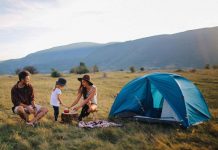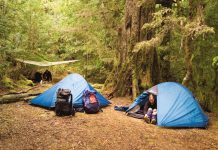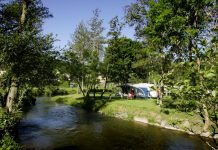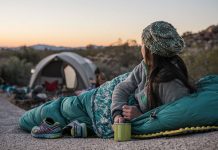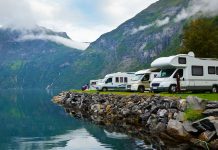 Camping is always interesting and outdoor camping is even more interesting. But outdoor camping is dangerous when compared with other camping.
Camping is always interesting and outdoor camping is even more interesting. But outdoor camping is dangerous when compared with other camping.
By adding some additional accessories to your camping kit, you can enjoy a wonderful outdoor camping in woods.
Woods camping list:
- Map of the area– Give a map to every camper, this helps them to find the area and sources that help them if they are lost in the camera. Tick some important place in the map, such as the camping area, near by lake, river or water source, police control room etc.
- Compass-This helps the camper if he gets lost in the woods and wants to find an area out of the lost place.
- Communication devices– It can be a cell phone or any other device used for communication. If you are using the cell phone, check for the signal in the woods. Hand held radios, laser range finders and Global Positioning Systems (GPS) are very useful communication devices in the forest.
- Whistle– Give a whistle to each camper and set a code to whistle if they are in danger. The head of the camp will understand the code and recognize someone is in danger and have to help them right.
- Extra food and water– Get adequate amount of food and water and pack them properly, if you are camping in deep woods, these foods will help you. Carry sufficient amount of food supplies to cook the food in the woods.
How to be safe in the woods?
Always set boundaries in the camping grounds: Camping with kids is challenging and forest camping is very challenging. So, when camping with kids, set some boundaries or make some barricades so that the child cannot pass. Often camping with children make them wild and out of control.
To make the camp site safe and free of danger for children, barricades are very important. Prepare the children with the conditions in the forest and train them properly to make sure that they do not cross the barricades.
Get familiar with surroundings: The first things to remember before setting a camp site in the woods is get familiar with location. Let every camper know about the location you set up your camp and make sure you mark the locations in the maps.
Let everyone know the nearby hospital or communication source in case of any emergency. Make some weird markings near by the campsite which helps them to recognize the campsite, in case if they get lost.
Carry colorful accessories: If all your campers are not camping together in one place, then colorful accessories are very useful. These accessories will be useful in recognizing other campers who are located in different places.
The bright colors will be helpful for finding the campers, if you assign a different color to different camper this will allow you to know which camper is located where.
Safety from wild animals: When camping in wild animal’s habitat, you should be very careful. They may sometimes visit your camps also. So, if the camping zone is too dangerous, barricades help to control them. Some more precautions are very important such as:
- Don’t cook too oily and greasy foods; this will attract the animals towards the food.
- Pack your food and its supplies properly and make sure you do not spell out the food in improper way. Always use trash bags to expose off the extra food.
- If your camping zone supports hunting, pack your hunting stuff properly and make sure the wild animals will not be able to recognize the food. Always hang your food to a tree branch away from the campsite.
- Never try to disturb any animal and try to feed them.
- When you find a small lion or bear cub, be cautious; their mom or dad will be around and if you try to go near the cubs, they may attack you.
Wood camping is interesting and enjoyable if proper measures are taken. So, take proper measure to have an enjoyable camping. Never compromise the safety in woods and always be cautious.

